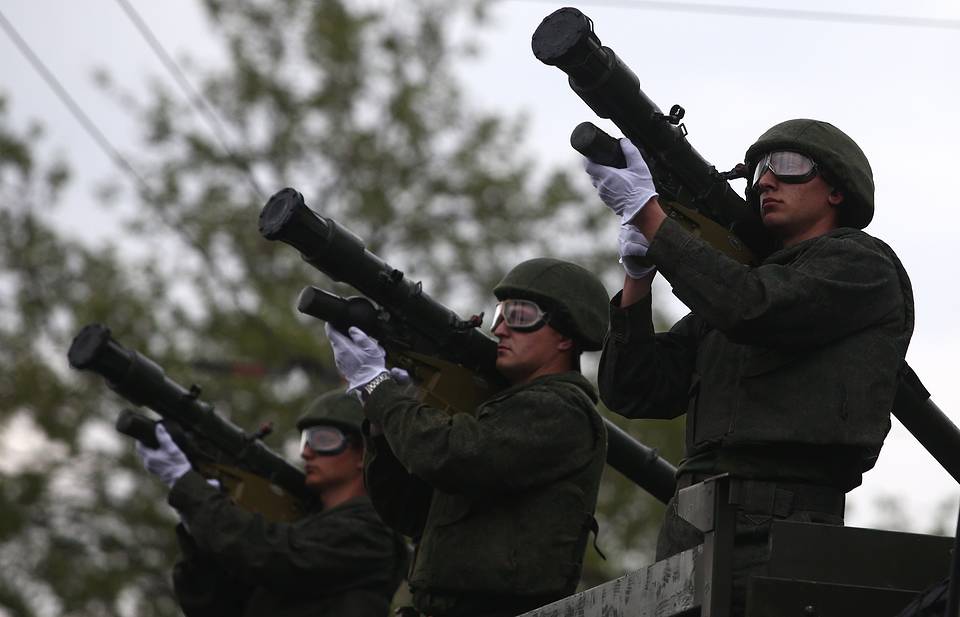The Russian military base deployed in Tajikistan has received a new portable air-defense system – the man-portable infrared homing surface-to-air missile 9k333 Verba, according to the press center of the Russia Central Military District.
The 9K333 Verba is a Russian fourth-generation man-portable infrared homing surface-to-air missile (SAM) MANPADS. The 9K333 Verba was originally developed as a replacement for the 9K38 Igla.
The Verba's primary new feature is its multispectral optical seeker, using three sensors - ultraviolet, near infrared, and mid-infrared - as opposed to the Igla-S' two. Cross-checking sensors against one another better discriminates between relevant targets and decoys, and decreases the chance of disruption from countermeasures, including lasers that attempt to blind missiles.
The Verba reportedly can engage fixed- and rotary-wing aircraft and new types of threats such as unmanned aerial vehicles and cruise missiles. The 9K333 can effectively engage aerial targets with low infrared signature.
The Russian military base deployed in Tajikistan is subordinate to the Central Military District. It is Russia's largest non-naval military facility outside the country. It was officially opened in Tajikistan in 2004 under a previous agreement, which was signed in 1993, and hosts Russia’s largest military contingent deployed abroad. A total of some 7,000 Russian troops are now stationed at two military facilities collectively known as the 201st military base - in Dushanbe and Bokhtar (formerly Qurghon Teppa), some 100 kilometers from Dushanbe.







